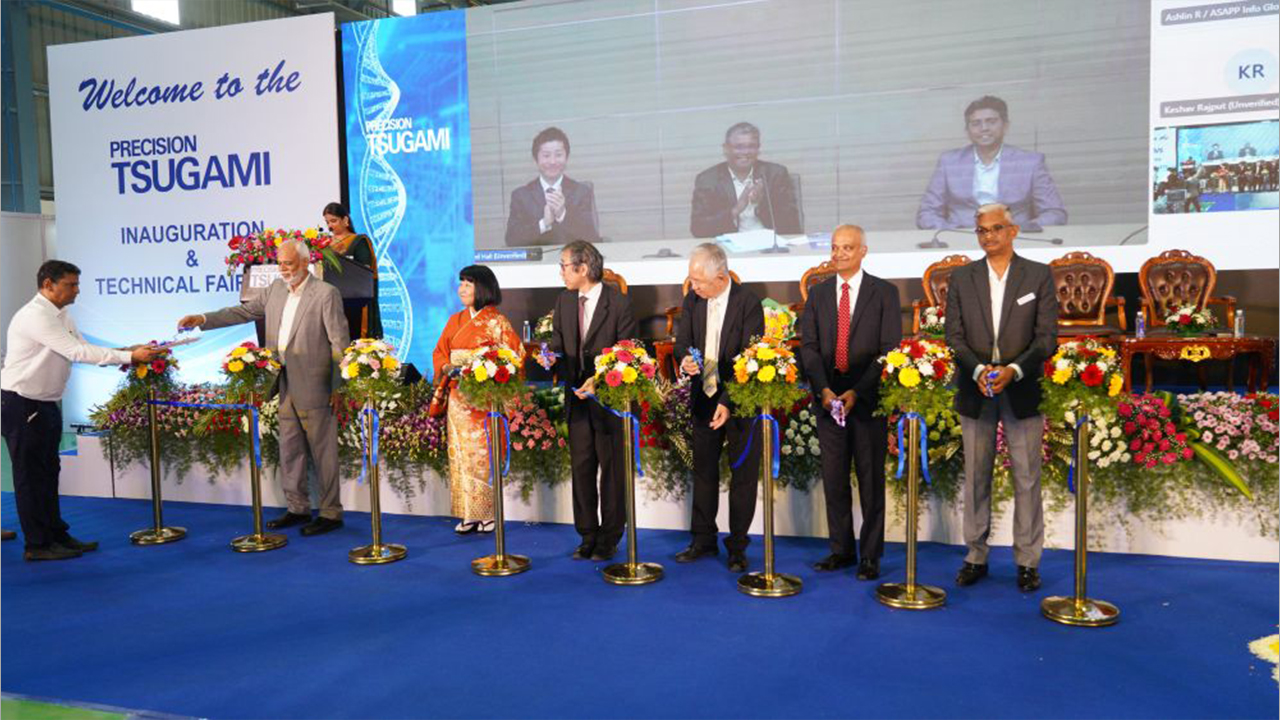Insights on the Industrial Motors Global Market to 2026 - Impact Analysis of COVID-19
#Motors #IndustrialmotorsThe "Industrial Motors Market - Global Outlook and Forecast 2021-2026" report -In-depth Analysis and Data-driven Insights on the Impact of COVID-19 Included in this Global Industrial Motors Market Report. The industrial motors market by revenue is expected to grow at a CAGR of over 8% during the period 2021-2026.

The global industrial motors industry is expected to grow with the growth in industrial production, enhancement in technological advancement, increase in urbanization, and expansion of manufacturing industries. The industrial motor sales in the APAC region are anticipated to experience steady growth, and key drivers include an increase in infrastructure expenditure and a focus on industrial production growth. Several APAC countries, including China and India, are expected to observe remarkable gains in the industrial motors market with key infrastructure expansions in the industrial sector and building services during the forecast period.
The following factors are likely to contribute to the growth of the industrial motors market during the forecast period:
● Increase in Infrastructure Development Projects in the Middle East
● Demand for IE4 Efficiency, Low-voltage Motors
● Growth in Usage of VFD in IE2/IE3 AC LV Motors
The study considers the present scenario of the industrial motors market and its market dynamics for the period 2020-2026. It covers a detailed overview of several market growth enablers, restraints, and trends. The report offers both the demand and supply aspects of the market. It profiles and examines leading companies and other prominent ones operating in the market.
Global Industrial Motors Market Segmentation
The global industrial motors market research report includes a detailed segmentation by product, voltage, efficiency, end-user, sales channel, power output, geography. The increasing automation in industrial processes and the use of electric AC motors in diverse applications such as healthcare, construction, automotive, and consumer goods industries are expected to drive the AC motors market. The growing application use of electric AC motors in infrastructural development, and rising construction activities in developing economies are other major factors accelerating the market growth.
IE2 low-voltage motors are anticipated to grow during the forecast period as several customers have replaced IE1 with IE2 ones. Changes in government energy-efficiency regulations are influencing growth across the world. However, the growth of the IE2 motors market is likely to be affected due to the adoption of efficient IE3 and IE4 motors. The IE1 motors market growth is expected to remain stable during the forecast period as several new and high-efficiency motors are likely to grow in the industry. With the industrial sector growing, IE1 motors are expected to increase. APAC, North America, and Latin American countries are likely to drive the segment, albeit slowly.
Low-voltage industrial motors are expected to grow substantially during the forecast period. The growth in the manufacturing sector worldwide and the application of several technological products such as smart sensors are likely to increase the demand. Low-voltage motors are characterized by high reliability, ruggedness, and efficiency, hence their adoption in industrial or commercial environments, building management systems, shipbuilding, and infrastructure is high.
The increasing global understanding of energy conservation fuels the demand for integral horsepower units as they are extremely energy efficient motors. Factories are using these motors to reduce electrical and operational costs. The market is expected to observe growth during the forecast period due to continued industrialization in emerging economies such as India and China. However, an initial installation cost is significantly hindering the growth of the segment.
The demand for HVAC for integrated cooling and ventilation is growing as the number of buildings with glass walls is increasing the need for a highly efficient indoor climate. The requirement for HVAC is expected to surge, albeit at a slower rate, on account of the COVID-19-related economic slowdown. Regulations on energy consumption and climate change control are evolving. However, short time-to-market and narrow acceptance of new technology add to the market challenges for HVAC vendors.
Direct sales account for the highest revenue share of the industrial motors market. These channels allow the consumer to buy goods directly from manufacturers. As there are no third-party intermediaries, customers prefer to purchase via these channels. Direct channels have highly effective in eliminating inefficiencies, adding new offerings, and setting rates.
However, for manufacturers, direct channels tend to be costlier as they require substantial capital investment. Indirect sales channels are third-party purchases via distributors or dealers. Indirect networks free the manufacturer from any start-up expenses (related to distribution). The segment is expected to grow due to the availability of a wide distribution network and profound market knowledge and demand insights through distributors.

NEWSLETTER
TRENDING ON PRO MFG
MORE FROM THE SECTION








